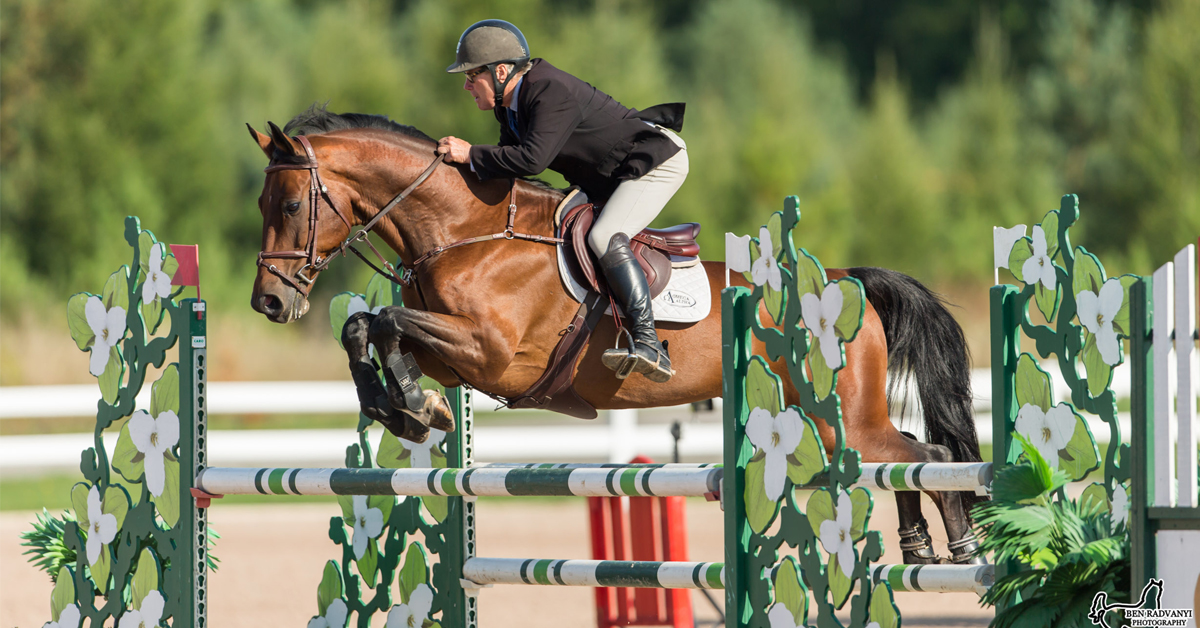There is nothing more frustrating in show jumping than jumping a nice clear round, but missing the time allowed by a fraction of a second. We’ve all done it and then we relive the round and say ‘if only I had done this or that’ and then beat ourselves up. Making the time allowed is not a science ‒ it’s simply having a plan that works and then executing it in the ring.
I always tell my students two things regarding the time allowed. I say don’t shoot for the time allowed, shoot for five seconds under the time allowed. Second, get ahead of the time allowed in the first half of the course, then if you lose a stirrup or for some other reason need time in the second half of the course, you have a window to play with.
Making the time allowed and leaving all the jumps up is the objective: if you follow these two rules ‒ barring anything unforeseen ‒ you will probably always make the time allowed:
Number one: When you are approaching a jump, you only need three strides straight, and that’s even to the toughest combination. Three strides gives you ample time and room to set the jump up for an accurate takeoff. If I’m coming across the ring to the jump, I’ll ride a line that is parallel to the jump and on the three-stride approach. If I’m turning back on a jump, I still use the parallel line as opposed to one that looks like a horseshoe and that will cut out a few strides.
Number two: When you are landing off a jump, be looking towards your next jump and go towards it immediately. If the next jump is off to the left, don’t go straight; instead, angle left on the first stride and head towards the next jump. You’ll be getting ahead of the time allowed for sure. Remember every two strides is one second, so do the math.
You may say ‘I don’t need to make that tight a turn, I’ll be ten seconds under the time allowed.’ Well, there is no penalty for being under the time allowed and what you are doing is practicing your time-allowed skills so they become a habit. Some day, those good habits will pay off! Also, in most classes the four-fault rides are placed according to their time in the first round, so it can also be financially very rewarding as well.
Carrying more pace usually isn’t necessary if your turns are accurate and there is less risk of having a jump down. Of course, more pace is an option if you have concerns about the time allowed. If you are first in the ring you should have a good plan and stick to it. You don’t have the luxury of watching someone else and analyzing how tight the time allowed is. Also, if you come in under the time allowed and it is tight, the jury may not extend it, so that will make it tougher for the rest of the competitors.
If you think you are up against the time allowed, then don’t just canter through the finish timers, accelerate through them. It might make the difference. If I could offer one more piece of advice it would be ‘ride the whole course with your eyes level and looking where you are going.’ Doing the opposite will definitely adversely affect your time allowed.

